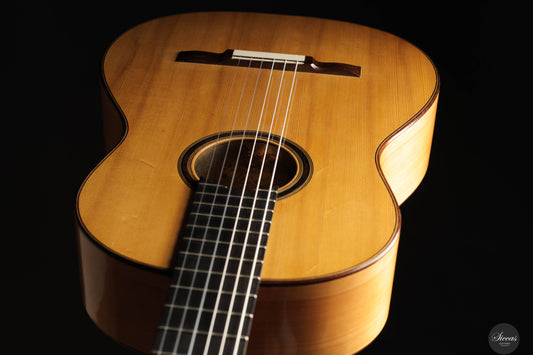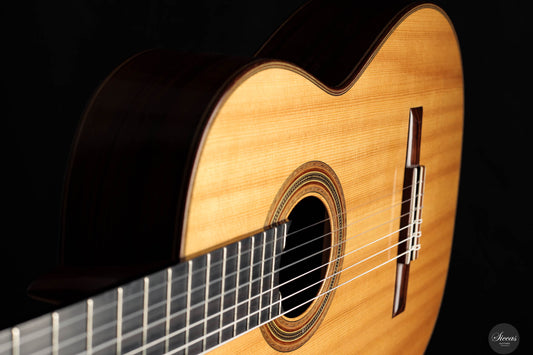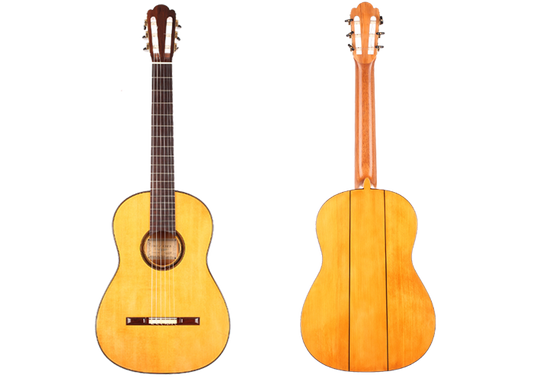Fritz Ober
-

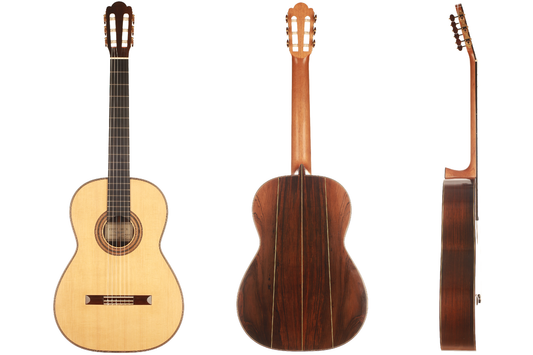 SoldSoldLuthier: Fritz Ober
SoldSoldLuthier: Fritz Ober -
Fritz Ober - 2012 - La Leona
Price on requestLuthier: Fritz OberConstruction Type: Traditional -
Luthier: Fritz Ober
-

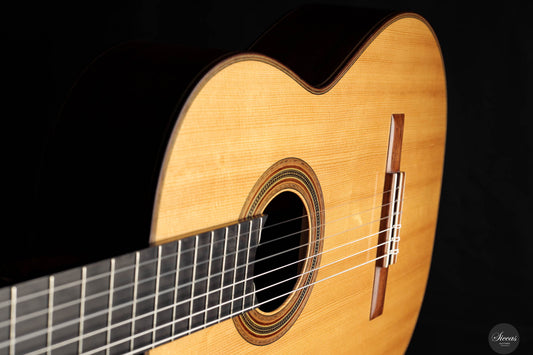 SoldSoldLuthier: Fritz Ober
SoldSoldLuthier: Fritz Ober -

 SoldSoldLuthier: Fritz Ober
SoldSoldLuthier: Fritz Ober -

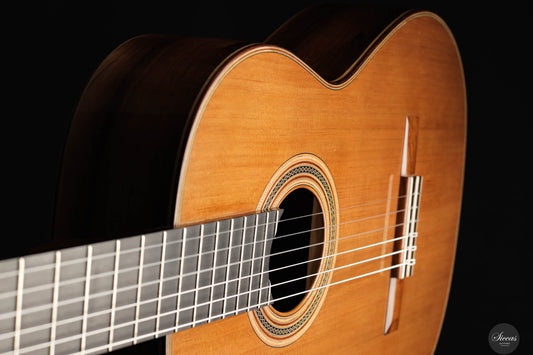 SoldSoldLuthier: Fritz Ober
SoldSoldLuthier: Fritz Ober -

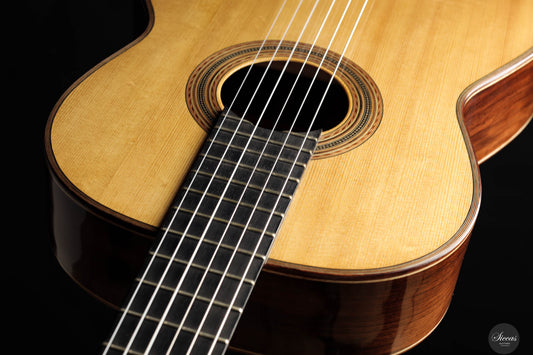 SoldSoldLuthier: Fritz Ober
SoldSoldLuthier: Fritz Ober -

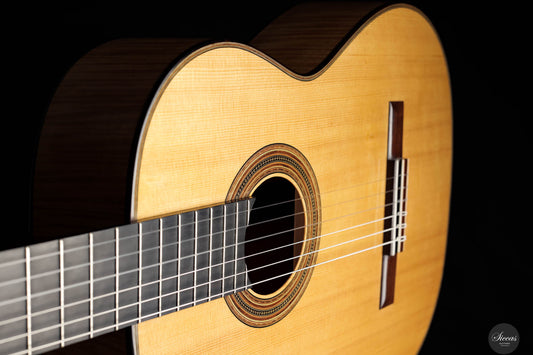 SoldSoldLuthier: Fritz Ober
SoldSoldLuthier: Fritz Ober -

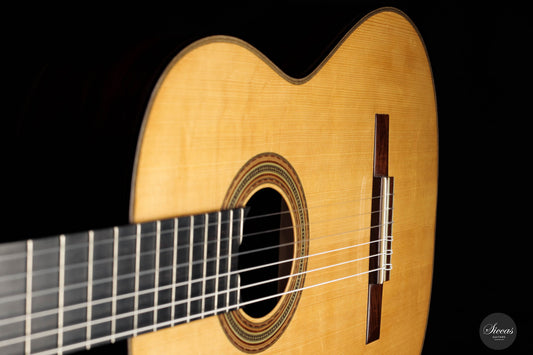 SoldSoldLuthier: Fritz Ober
SoldSoldLuthier: Fritz Ober -

 SoldSoldLuthier: Fritz Ober
SoldSoldLuthier: Fritz Ober -

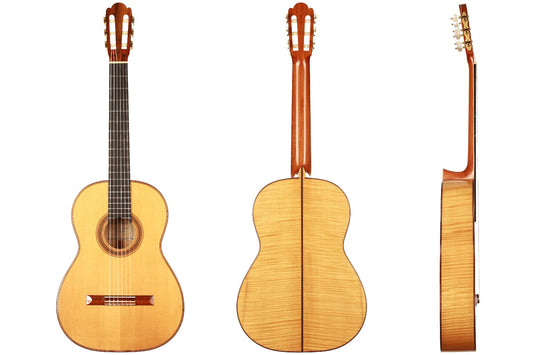 SoldSoldLuthier: Fritz Ober
SoldSoldLuthier: Fritz Ober -

 SoldSoldLuthier: Fritz Ober
SoldSoldLuthier: Fritz Ober -

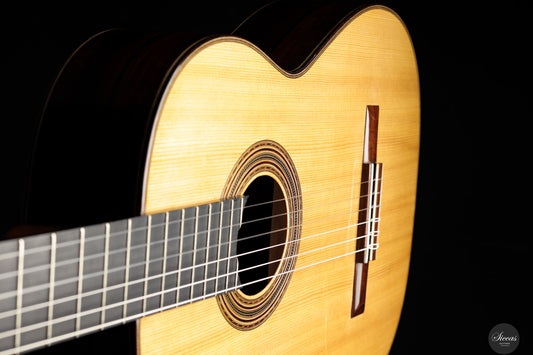 Reserved
ReservedFritz Ober - 2019 - 4
Price on requestReservedLuthier: Fritz OberConstruction Type: Traditional -

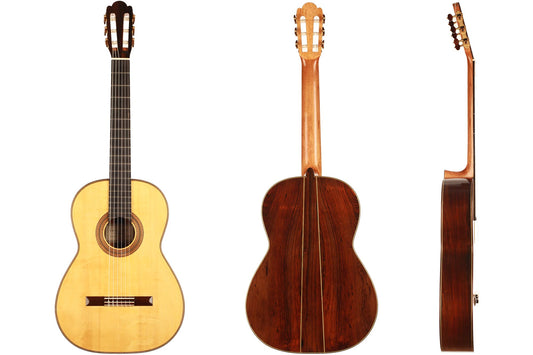 SoldSoldLuthier: Fritz Ober
SoldSoldLuthier: Fritz Ober -

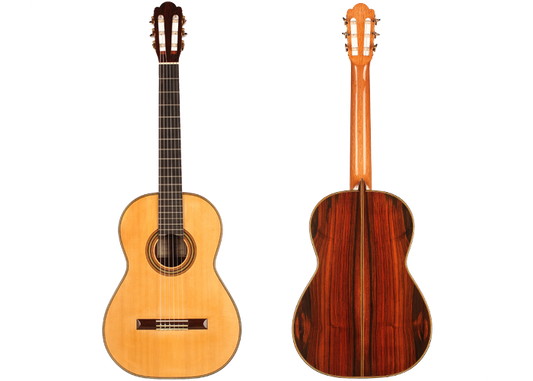 SoldSoldLuthier: Fritz Ober
SoldSoldLuthier: Fritz Ober -
Luthier: Fritz Ober
-

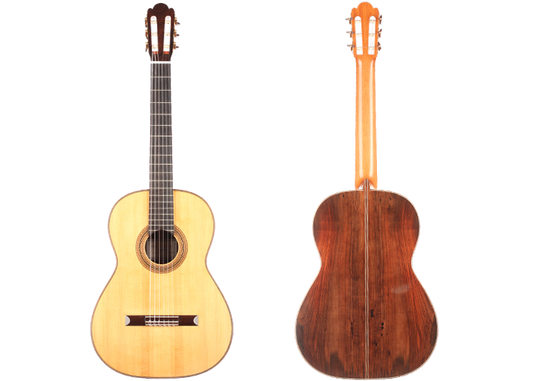 SoldSoldLuthier: Fritz OberLuthier: Rare GuitarsLuthier: Seltene Gitarren
SoldSoldLuthier: Fritz OberLuthier: Rare GuitarsLuthier: Seltene Gitarren -

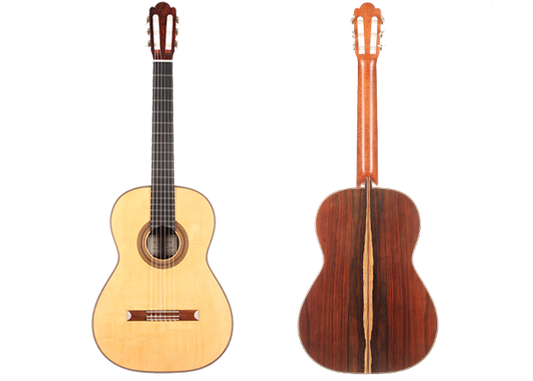 SoldSoldLuthier: Fritz Ober
SoldSoldLuthier: Fritz Ober -

 SoldSoldLuthier: Fritz Ober
SoldSoldLuthier: Fritz Ober -

 SoldSoldLuthier: Fritz OberLuthier: Rare GuitarsLuthier: Seltene Gitarren
SoldSoldLuthier: Fritz OberLuthier: Rare GuitarsLuthier: Seltene Gitarren
You may also be interested Fritz Ober
Fritz Ober (1955–2020)
Fritz Ober had a deep fascination for resonant guitars with a deep body, reminiscent of the styles created by Antonio de Torres and Hermann Hauser I. Instead of copying historical instruments, he pursued his own tonal vision, combining the finest qualities of Hauser with the low-tuned bass character found in some deeper Torres guitars. The plantilla of his instruments closely follows Hermann Hauser, complemented by subtle influences from Manuel Ramirez and Torres, whose designs often shared similarities.
One of his most notable works was a faithful interpretation of the famous Torres guitar “La Leona.” Like the original, it features a very low body-air resonance around D. This particular Ober guitar was played in concerts by Wulfin Lieske, who also recorded with the original “La Leona.”
He also created a Torres-inspired guitar with a tornavoz, now owned by a German collector. Although the plantilla was Ober’s own interpretation, the tonal character closely resembles that of Torres. In later years, he focused on crafting instruments capable of deep resonance without relying on a tornavoz.
Although deeply fascinated by low-resonance instruments, Ober also aimed to create guitars with the strength and fullness in the trebles required by modern performers – a goal he achieved with remarkable success. He sought to blend “old character” with the flexibility and treble power needed for contemporary repertoire.
About 15 years ago, Fritz Ober began building a limited number of guitars inspired by early masters. Today, it is clear that in his final years he came closer than ever to capturing the tonal qualities of those historical instruments.




